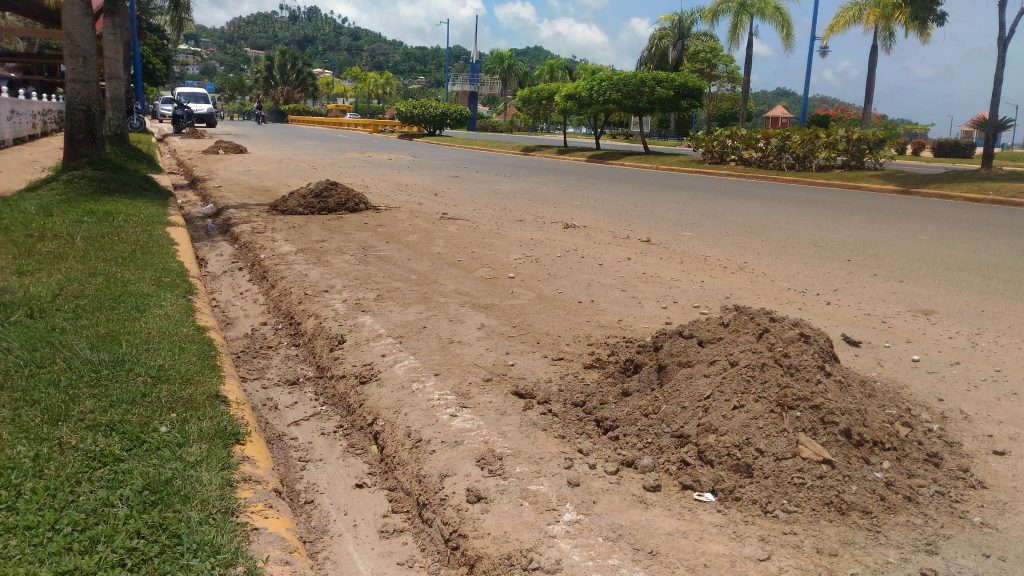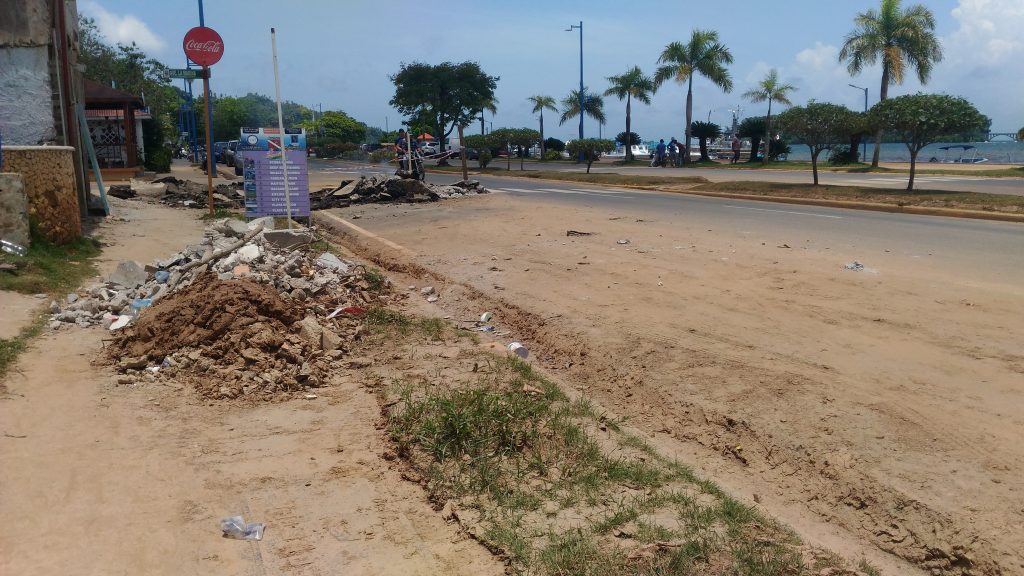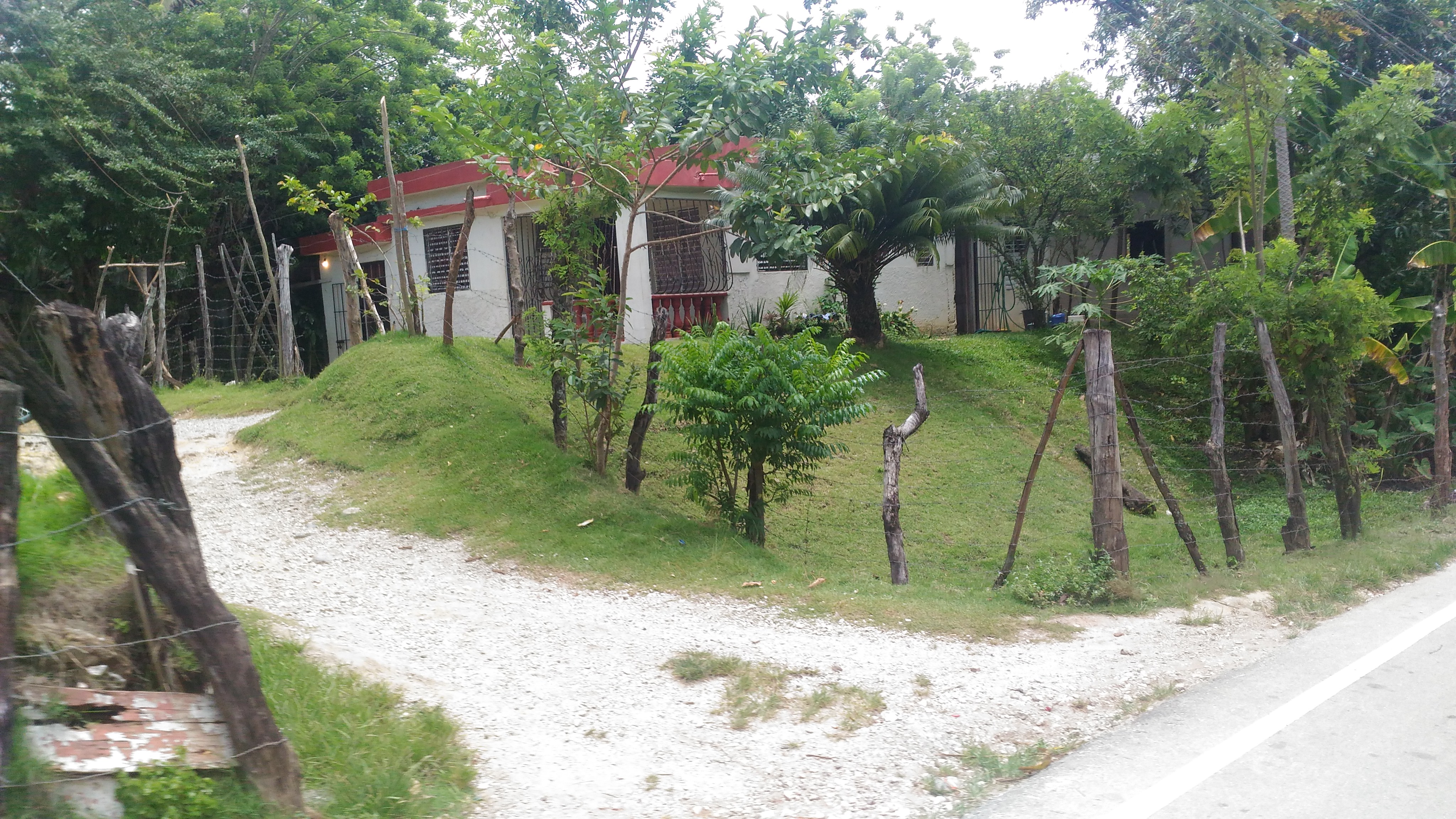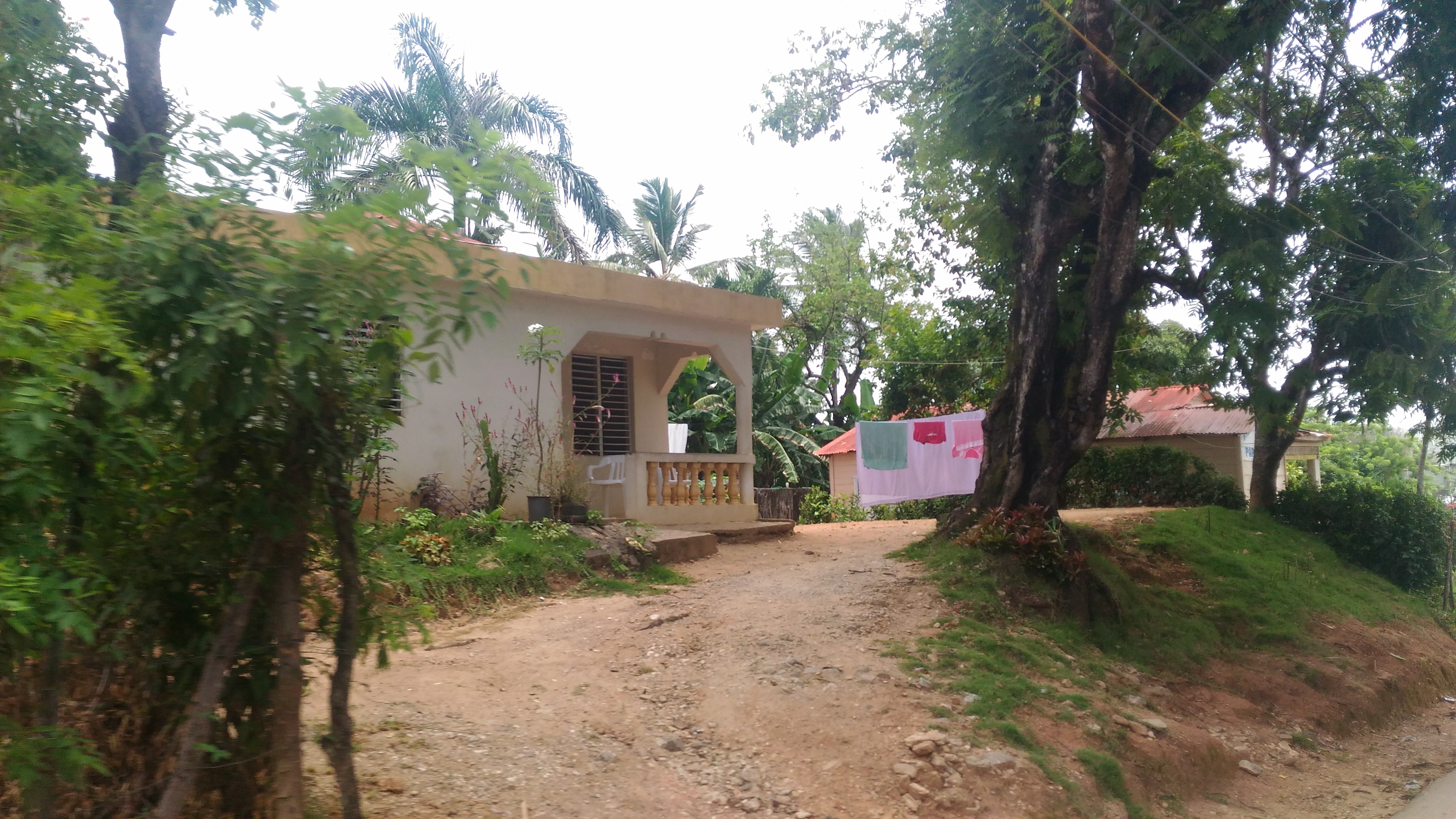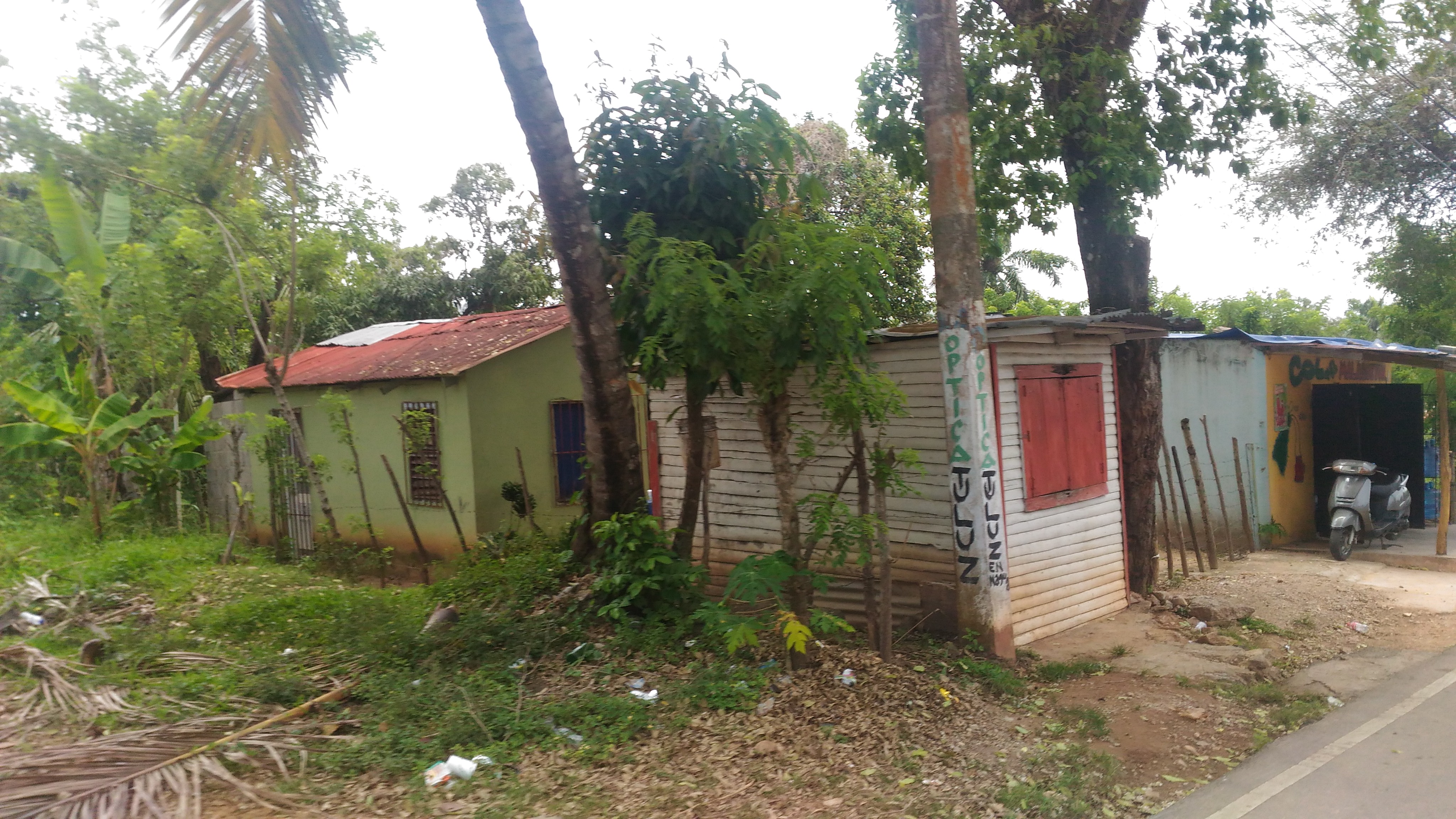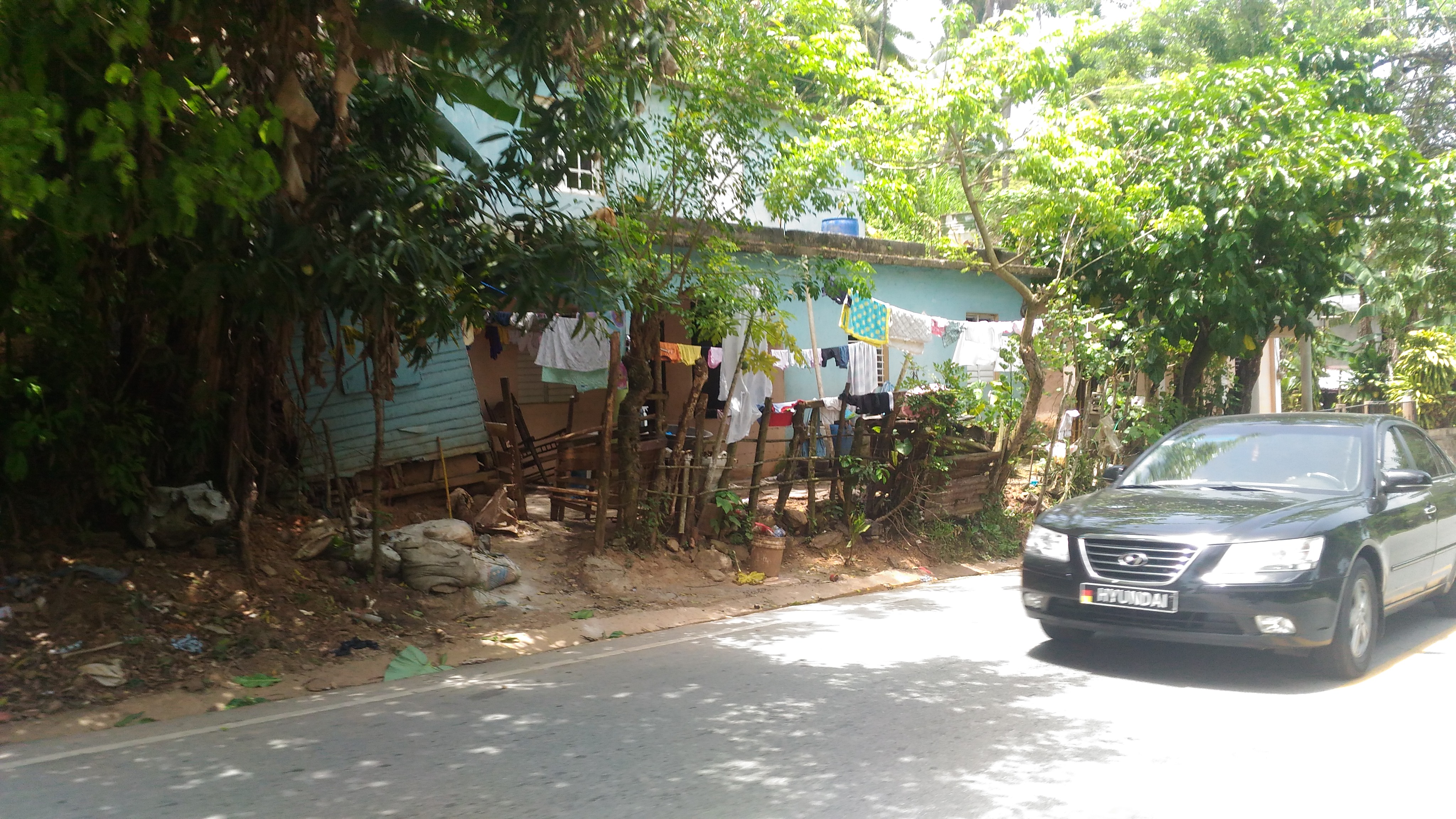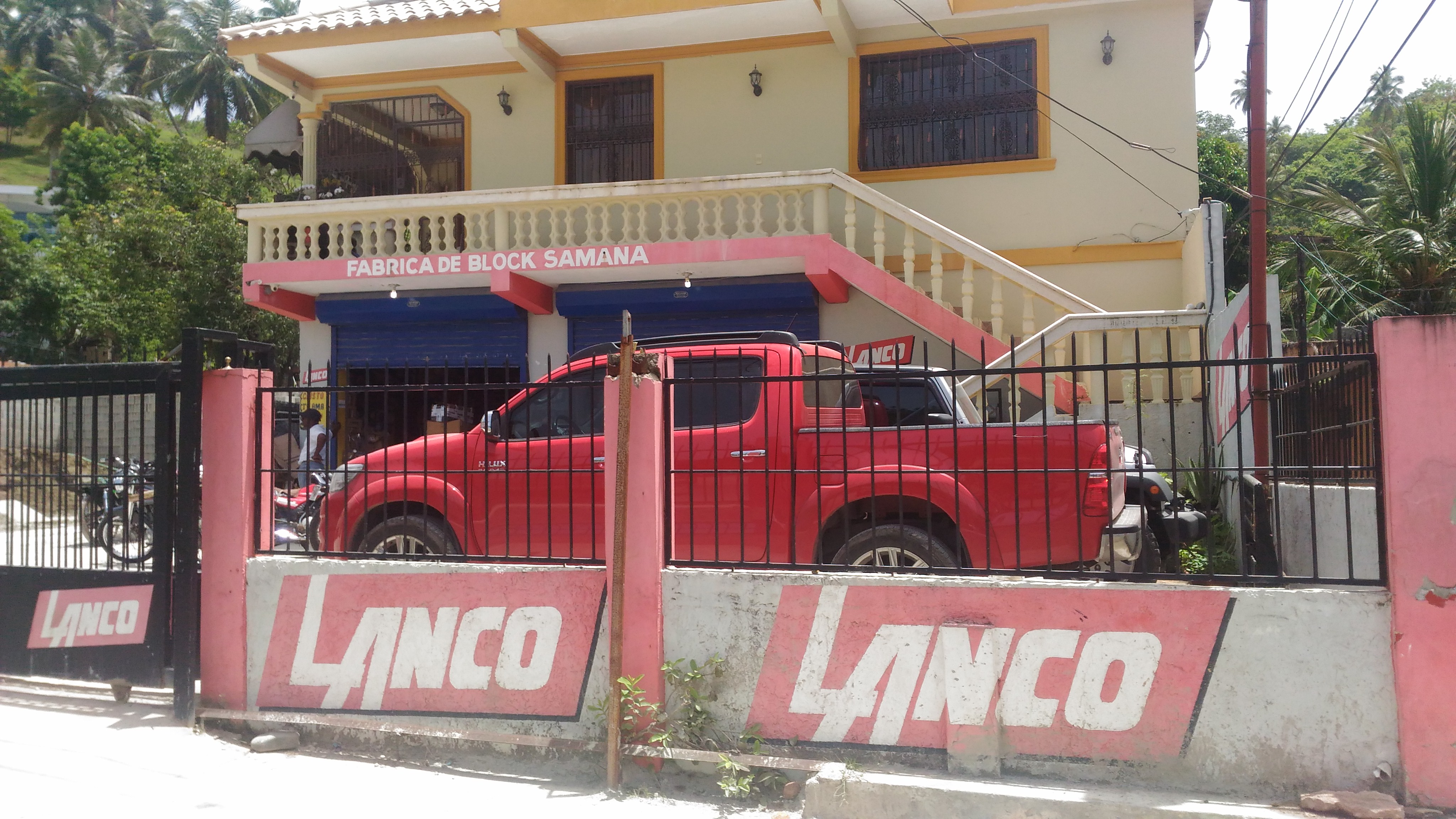It’s been raining. It’s been hot. The sun beats down on this earth as early as 9 or 10 am. In the mornings, there is no wind to ease the heat of the sun. The hot dampness of the air presses down on us. I usually spend the morning hours working or writing in the reception area. Made like a circle, it houses the front desk, elevators and stairs that go up to the 4th floor, a few offices and, at the back, several sofas and a bar area. There are no doors. Instead, the front and back entrances are open, allowing for shade and a breeze when the wind takes up. The building itself protects the reception area from the rain. It is an inside-outside area, and it’s where the wifi signal is the strongest.
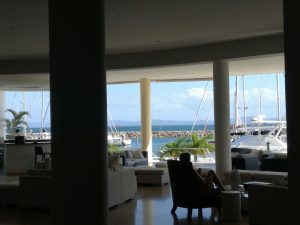
By the afternoon, the wind usually rises and offers a welcome respite to the heat. On and off, it rains throughout the day. Bursts of downfall may happen at any moment, so when we leave the boat we make sure to close every window. While on the boat, I am continuously opening and closing the portholes. Opening to let in a breeze, then closing once the rain starts up.
The rain has usually rained itself out by the evening, but a storm usually occurs at least once during the night. I used to leave the portholes of the center of the boat open, until I was awoken one night by the cat’s loud cries. The rain tapping against the hull hadn’t alerted me, but Moody’s meowing was of the gut retching sort that he saves for when I shower him. I finally woke up and went to the top deck to find puddles of water on my floor. It took me half an hour and many towels to clean it all up. Since then, I sleep lightly, and at the slightest sound of rain I am awake, closing the portholes. I now have wee-morning wake-up calls from both the cat and the weather. Fatigue has started to etch itself under my eyes.
Two weeks ago, the rain was particularly violent. There were thunderstorms like I had never seen. The lightening was so low and close it seemed like it was landing in the marina, right next to our windows. Thunder crashed in the sky to impressive volumes. The day after the biggest storm, we learned that the boat next to ours was hit by lightning. It caught its mast, pulverized its AIS antennae and burned through the electronics.
Now, they say you are more likely to get hit by lightening than to win the lottery. Having lightening hit 4 meters away from you puts that theory into perspective.
The rains continued for 3 or 4 days. One morning as I walked along the pontoons I noticed streams of brown water in the marina. The water around our boat was brown. Looking at this water, it hit me, “There have been landslides.”
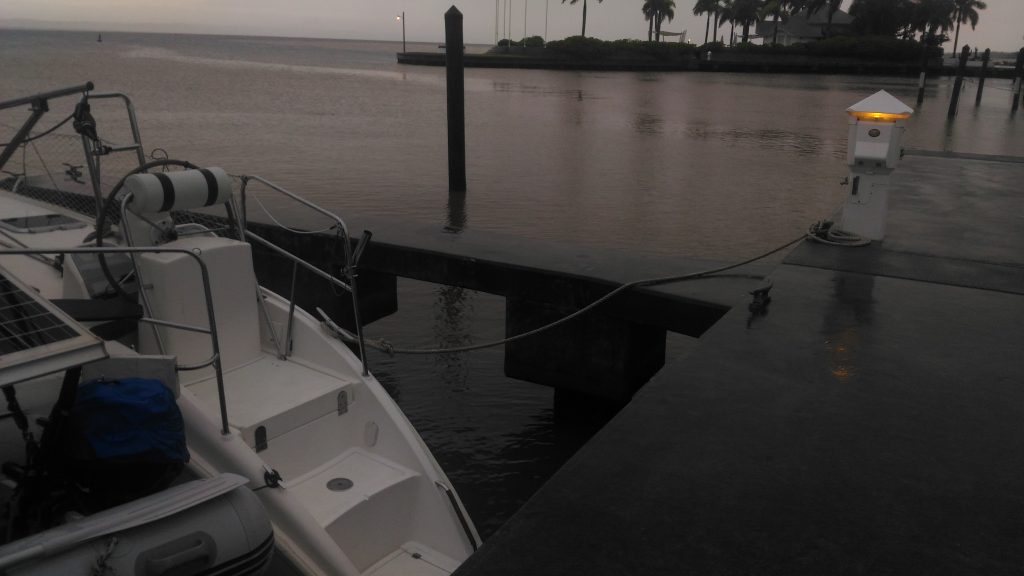
The earth here is reddish. Sulfuric. Not very firm. I have heard of landslides happening. They bring with them houses, the small one-room huts most Dominicans live in, and their inhabitants. I’ve heard of people dying. I’ve heard of faulty internet connection – infrastructure having been swiped away. Lately, there has been power outings at the hotel. Everyday for at least a few minutes. Is this news reported? My Spanish isn’t good enough to read the local news myself, but I am told it isn’t. Then again, sailors do tend to enjoy a goof rumor. Death and disappearances. Something to add some spice to their complacent lives.
We had planned to go to Santo Domingo to visit our friends. We weren’t fleeing the rain, but it felt like it. The man at the car rental warned us, “The car is dirty. It’s been raining. Sorry, but it is dirty.” I thought, “Why would rain dirty a car?” When he picked us up, I saw. The floors were covered in mud. Then we drove through Samana and I understood the effects of massive rain on the poorer cities of this country.
The river that runs through the city had overflowed. I had always imagined that a flood was water. Water in the basement. Water knee-high. Like I had seen in New Orleans. Water that eventually seeps away. But here it is not just water. It is mud, too. And when the water made its way towards the bay, the mud remained. There was mud everywhere.
We arrived after the worst of it. The men of the city were already cleaning it up. They had scrapped the mud away from the roads, the sidewalks and the median. Long strips of mud lined the sides of the road. It looked like the streets in Montreal after a snow storm. First the snow is cleared from the streets with a plow, then from the sidewalks, and mountains of snow line the road and cover cars until those are cleared away. In Samana, the mud strips were smaller – luckily! – mud being more compact, but the visuals are similar. These people work against rain and mud like my people work against snow.
I used to watch documentaries of Indians and see videos of people living in flood water after a monsoon. I used to wonder how people could ever live that way, in waist-high water, until it hit me that any of those people must wonder how I could live with winter in waist-high snow. You just live where you live, and get on with it.
We returned to Samana yesterday to go to the market. The rain hasn’t been so strong these past two weeks. There haven’t been any more floods. The strips of mud have been cleared away but there is still a film of mud on some sidewalks. It’s mostly dry now. The dust got caught in my sandal. I was walking on earth with my shoes on.
